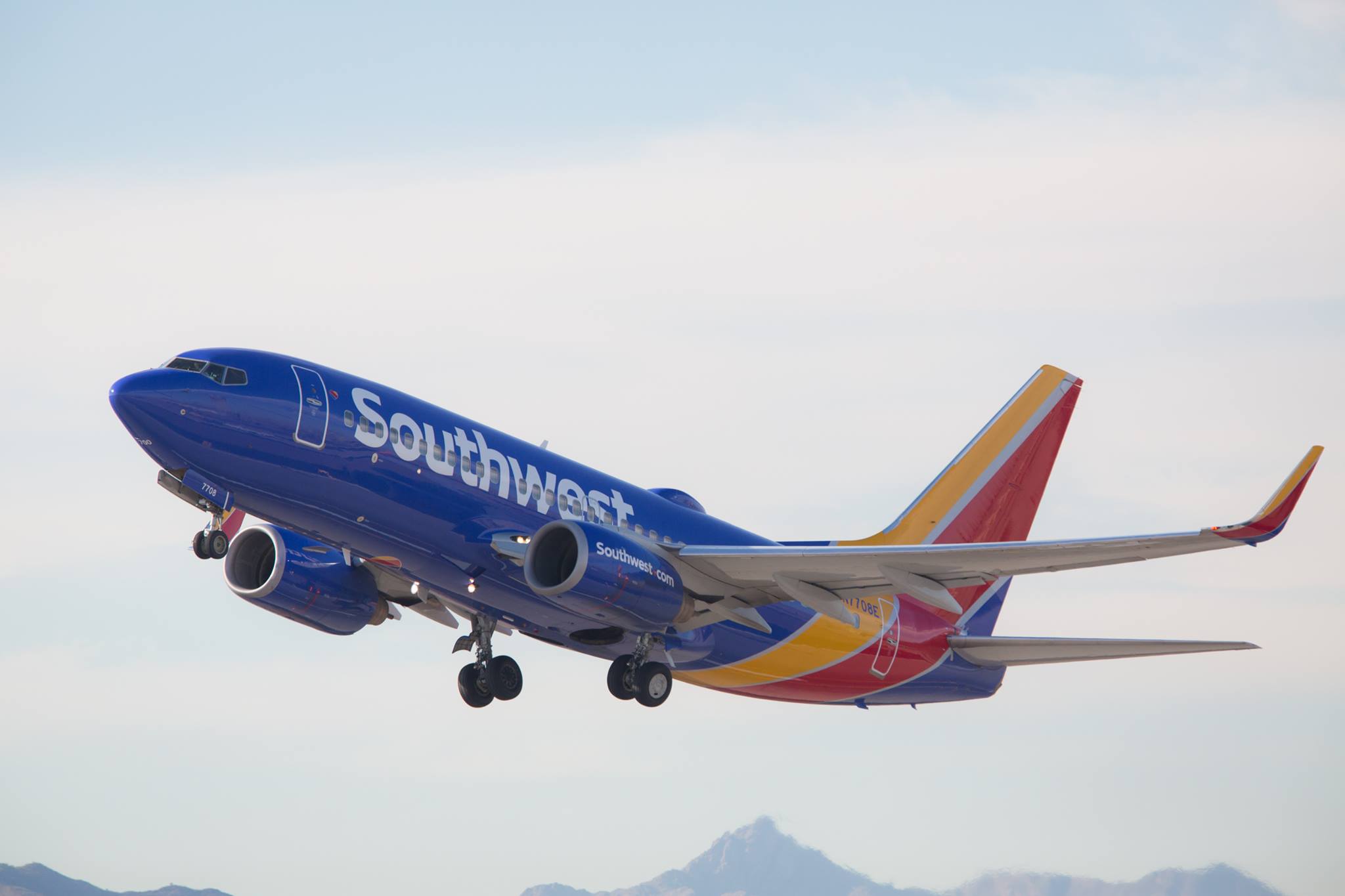If March was a month to forget for the major U.S. airlines, then April was a month to mourn. While several major airlines complained of deterioration in last-minute-booking trends for the month of March, they were all able to keep their unit revenues flat or better at that time, helped by the calendar shift of Easter and Passover from April to March. By contrast, declining unit revenue was the norm in April. Here are last month's results for the top five U.S. carriers:
|
Airline |
Unit Revenue Change |
Capacity Change |
|---|---|---|
|
AMR (NASDAQOTH: AAMRQ) |
Down 2.9% |
Up 0.4% |
|
Delta Air Lines (DAL +0.65%) |
Down 2% |
Up 0.5% |
|
Southwest Airlines (LUV 0.19%) |
Down 4%-5% |
Up 4.1% |
|
United Continental (UAL +1.13%) |
Flat-Down 1% |
Down 2.6% |
|
US Airways (NYSE: LCC) |
Down 4% |
Up 3.2% |
Source: airline press releases
US Airways mentioned the negative impact of the air traffic control cutbacks (which only lasted a week) in its press release. However, for the most part, the airlines did not offer any excuses for their subpar April performances (aside from the loss of some Easter and Passover traffic). Delta instead pointed to improving trends for May and June, while the others remained silent.
Capacity discipline is key
April's broad-based weakness followed a lackluster March for all of the carriers except United (which was facing very easy comparable figures from 2012). While United continued its relative out-performance in April, it still saw stagnant unit revenue compared to 2012.
One possible cause of this "rough patch" for the airline industry is a breakdown of capacity discipline. Airline bulls have argued that consolidation will naturally lead to capacity discipline and better pricing power. This trend has sparked the recent airline renaissance. On the other hand, bears like Warren Buffett remain suspicious of the industry. April's results suggest that Buffett might have a point.
Of the five major carriers, only United cut capacity compared to 2012. At American and Delta, capacity rose marginally, while Southwest and US Airways increased capacity by 4.1% and 3.2%, respectively. Clearly, consolidation did not lead to tighter capacity or better pricing power in April.
Hopefully, airlines will learn the obvious lesson. The airlines were punished by lower unit revenues almost exactly in proportion to their capacity discipline (or lack thereof). United reduced its capacity, and thereby minimized its unit revenue decline. Delta and American increased capacity slightly, and saw unit revenues decline by 2%-3%. Finally, Southwest and US Airways added too much capacity and were therefore hit by unit revenue declines of 4%-5%.
Foolish bottom line
Airline bulls can hope that the month of April was the "exception that proves the rule" for U.S. airlines. Despite consolidation, capacity discipline broke down, with only one of the five largest carriers trimming its capacity compared to 2012. This contributed to the industry's worst monthly unit revenue performance in years. The airlines that expanded capacity the most were the hardest hit.
April's results should serve as a wake-up call for airline executives. Capacity discipline does not just "happen" because of consolidation. Airlines need to continually assess the demand environment and reduce or eliminate service on routes that are not contributing to profitability. Investors should keep a close eye on industry results for the next several months, to see if the airlines are mending their ways.








